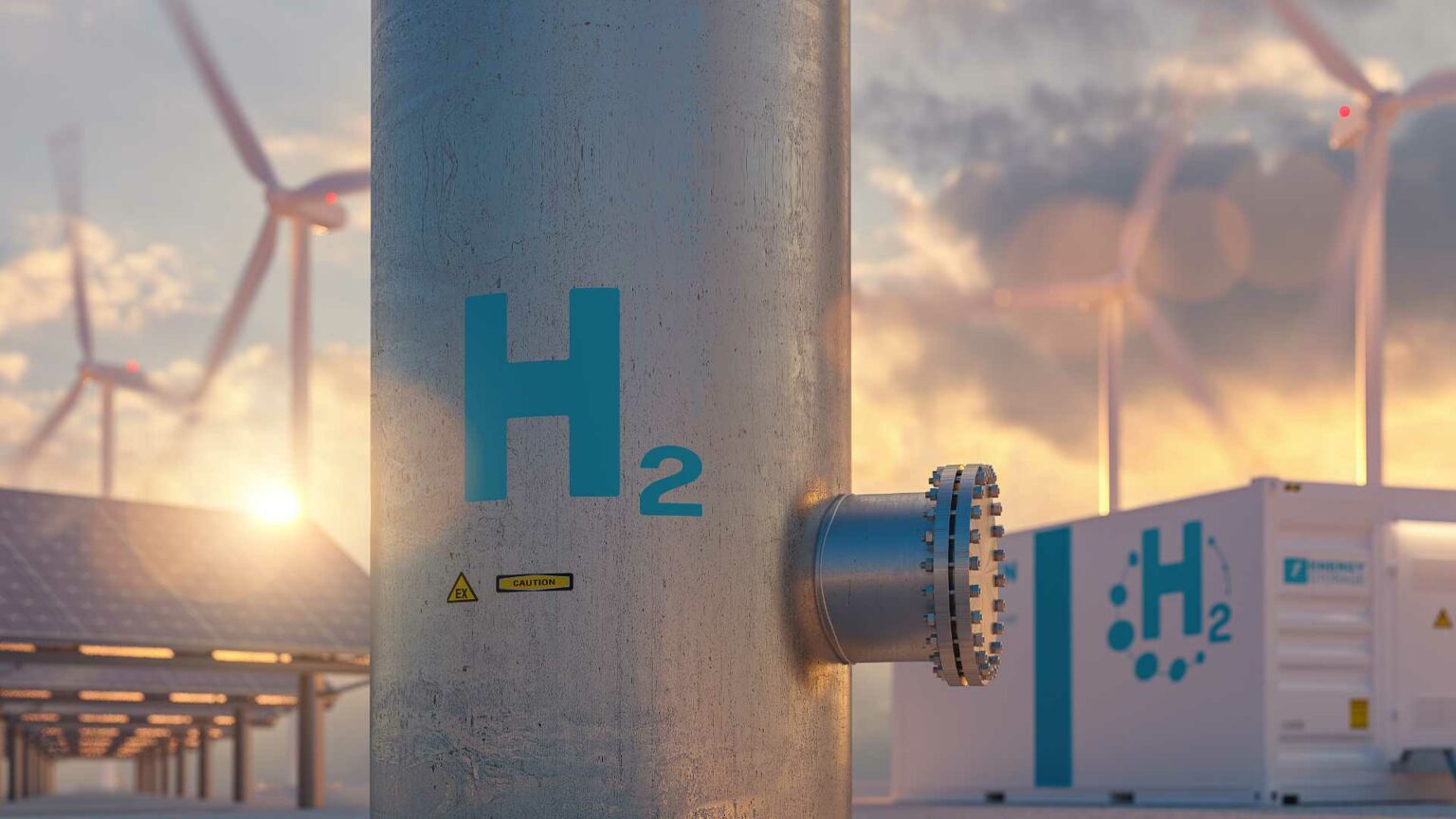As Europe’s energy capital seeks to pivot from oil to renewables, Aberdeen City Council has launched an ambitious proposal to develop a fully integrated hydrogen valley in Scotland’s northeast. The TH2ISTLE project, involving 30 partners and potentially backed by £7.7 million in EU funding, aims to tie together green hydrogen production, storage, and utilization across the region. If realized, it could serve as a test case for industrial-scale hydrogen integration and a model for just transition, but key hurdles remain.
Targeting a Net-Zero Backbone with Integrated Hydrogen
At the center of Aberdeen’s proposal is a vision of regional decarbonisation, aligned with Scotland’s 2045 net-zero mandate. The TH2ISTLE project plans to connect five production sites to create a regional hydrogen ecosystem capable of delivering up to 627 tonnes of green hydrogen annually by 2028.
In technical terms, this output would displace approximately 18,000 MWh of fossil fuel-based energy annually, assuming hydrogen is used primarily in transport or heat applications—yet this figure remains modest in the context of regional energy needs. While scalable, the project’s initial scope highlights the infancy of green hydrogen’s role in displacing large-scale fossil energy use.
Energy Security and System Integration: A Regional Priority
By interlinking hydrogen infrastructure, the TH2ISTLE plan directly addresses one of the UK’s most pressing energy concerns—resilience. Hydrogen storage, unlike wind or solar electricity, offers dispatchable energy, and the integration with offshore wind resources could be a strategic strength. However, operational synergies between variable renewables and electrolysis at this scale remain largely unproven in the UK, making this project as much a pilot as a regional solution.
Cllr Ian Yuill of Aberdeen City Council noted the region’s “strategic location near significant renewable resources,” implicitly tying the hydrogen project to Scotland’s offshore wind boom. Yet questions about the timing of wind farm build-outs, grid bottlenecks, and curtailment risks remain unaddressed in public documentation.
The Jobs Argument: Ambitious Projections, Unclear Pathways
The TH2ISTLE bid estimates the creation of 700 to 1,000 jobs during its initial deployment phase, with a possible expansion to 13,000 by 2030 through training programs and industrial scale-up. These numbers, however, warrant scrutiny. With just 627 tonnes of annual hydrogen output forecast initially, the economic multiplier per tonne appears unusually high compared to benchmarks in comparable hydrogen economies, such as the Netherlands or Germany.
That said, Aberdeen’s extensive oil and gas labor force—long regarded as under-leveraged in the transition conversation—could provide a high-skill pipeline for electrolysis, maintenance, and logistics roles, provided reskilling efforts are prioritized. Without direct retraining incentives or program frameworks currently detailed, these projections may be aspirational rather than immediately attainable.
Policy Leverage and the EU’s Role
The proposed £7.7 million in funding sought from the Clean Hydrogen Partnership under Horizon Europe would represent less than 13% of the total £62 million required. This suggests a heavy reliance on matched national and regional investments—a strategy that aligns with UK government goals but comes at a time of budgetary constraints. Whether Westminster or Holyrood is prepared to fund regional hydrogen at scale, especially post-Brexit and outside EU frameworks, remains uncertain.
In this context, Aberdeen’s long-standing hydrogen pilot activity—from buses to refueling stations—may serve as crucial leverage. As Cllr Christian Allard stated, “Aberdeen is set to lead the way in energy transition,” a claim rooted in more than a decade of small-scale hydrogen innovation. However, transitioning from demonstration to deployment at the scale proposed requires a new tier of financial and political commitment not yet evident.
The Long View: An Emerging Test Case
If successful, TH2ISTLE could offer one of the UK’s first functioning hydrogen valleys, linking supply and demand through infrastructure rather than isolated pilot schemes. But its impact will depend on more than ambition. How it aligns with broader UK and EU hydrogen corridors, how it integrates with offshore grid strategies, and how it manages cost declines in electrolyser technology will all determine its legacy.
Aberdeen’s project is a bold move—yet its success will rest on technical execution, policy coordination, and economic realism, not just vision. The region may indeed be poised to lead, but it must now prove that hydrogen can deliver at scale, both as an energy carrier and a workforce transition tool.
